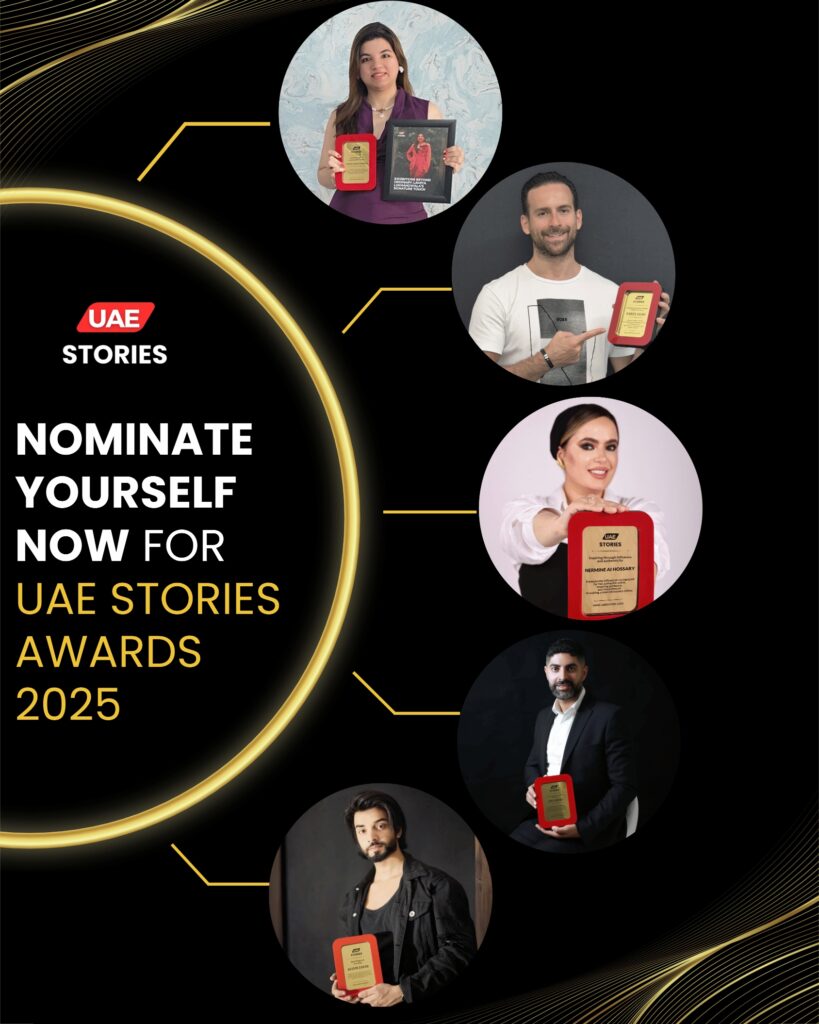The energy was electric as curious minds, budding scientists, and wide-eyed visitors streamed into Khalifa University for one of the most anticipated academic showcases of the year—the annual Science Exhibits. This year’s edition wasn’t just another fair. It was a full-on celebration of creativity, innovation, and problem-solving, all driven by the bright young minds of Abu Dhabi’s future scientists and engineers.
Held at Khalifa University’s sprawling campus, the science exhibit drew in hundreds of students, faculty, parents, and local tech enthusiasts. From artificial intelligence to robotics, sustainability to space tech, the exhibits weren’t just impressive—they were world-class.
A Stage for Future Innovators
Each year, the Khalifa University Science Exhibits offer students a unique platform to showcase their research, prototypes, and ideas. The goal? Solve real-world problems using science, technology, and innovation. And this year, the students didn’t hold back.

From the very moment you walked in, the first thing that caught your eye was the buzz of motion—drones gliding through the air, robotic arms in perfect sync, and smart machines responding to voice commands. Each booth was manned by student innovators, eager to explain how their inventions worked and the impact they hoped to make.
Take, for example, the group of mechanical engineering students who developed a low-cost water purification system that can work off-grid—perfect for remote or underserved areas. “We wanted to create something useful that could actually help people in areas where access to clean water is still a major problem,” said Sara Al Hammadi, one of the team members.

Real Solutions for Real Problems

One of the highlights of this year’s exhibit was the wide focus on sustainability and climate-conscious innovation. With the UAE ramping up its green goals, it was inspiring to see students stepping up with creative solutions to some of the world’s biggest environmental challenges.
A team from the environmental science department presented a prototype for a solar-powered cooling system, designed to help reduce energy consumption in low-income housing. Another booth featured a self-sustaining vertical farm that could be used in urban areas where space and water are limited.
Not to be outdone, a group of computer science majors showed off a smart traffic system that could drastically cut down on road congestion using real-time data and AI. “It’s all about making our cities smarter and more livable,” explained their team lead, Omar El Sayeh.
Robots, Rockets, and AI
The robotics section of the exhibit was easily one of the most popular stops. Crowds gathered to see robot dogs that could assist in disaster recovery zones, drone swarms for agriculture, and even humanoid robots capable of holding basic conversations.
Visitors were also treated to a glimpse of the university’s work in space technology. One of the standout displays featured a satellite model developed in collaboration with the UAE Space Agency. While only a prototype, it demonstrated the growing capabilities of UAE-based researchers in space exploration and aerospace innovation.
And then there was AI. From facial recognition software that can assist in airport security, to AI-powered healthcare systems that predict patient needs before symptoms appear, the range of applications was staggering. It was clear that Khalifa University isn’t just following global trends—it’s helping to lead them.
Learning Through Doing

What sets Khalifa University apart is its focus on hands-on learning. Every project at the exhibit wasn’t just an academic assignment—it was a labor of passion. Students spent months planning, building, testing, and improving their ideas before showcasing them.
Dr. Aisha Al Suwaidi, one of the lead organizers of the event and a professor of engineering, explained how the exhibit helps bridge classroom theory with practical application. “We want our students to think beyond textbooks. We want them to solve problems, to build, to fail, and try again. That’s how real science works,” she said.
She also noted how the exhibit allows students to collaborate across departments, mixing disciplines like computer science, biology, physics, and design. “That’s when the magic happens—when different fields collide to create something new.”
A Crowd That Came to Be Inspired
The excitement wasn’t limited to students and faculty. Visitors of all ages, from high schoolers considering a career in science to curious parents, were seen walking around wide-eyed and smiling.
Young children were especially fascinated by the interactive stations, where they could try their hand at coding simple robots or making small chemical reactions under supervision. “My son hasn’t stopped talking about robots since we got here,” said one father laughing. “This kind of event is what gets kids excited about science.”
Industry professionals and alumni were also in attendance, some scouting for potential interns or collaborators. Many praised the university’s commitment to fostering innovation and giving students a platform to shine.
A Vision for the Future
The Khalifa University Science Exhibits are more than just a yearly tradition—they’re a vision of what the future could look like. In a world facing challenges ranging from climate change to pandemics, it’s the ideas born in places like this that may hold the answers.
And judging by the sheer talent and passion on display, that future looks bright.
As the event drew to a close, students began packing up their booths, still buzzing with excitement. Many were already talking about next year’s projects, inspired not just by what they saw, but by the belief that their ideas matter.
Also read: Arabian Wildlife Park: A Glimpse into Nature’s Beauty














